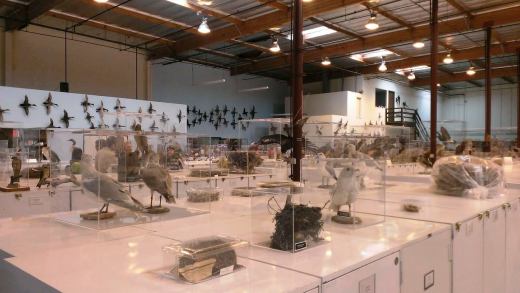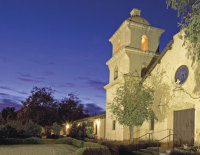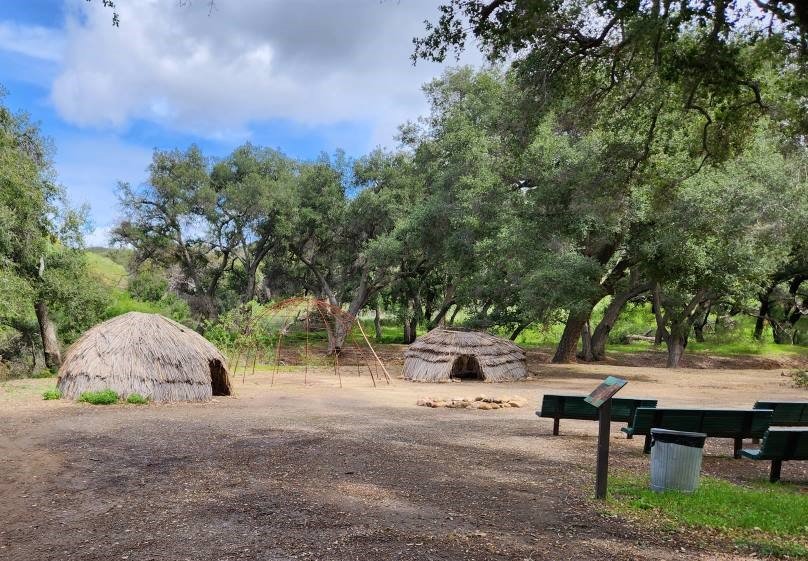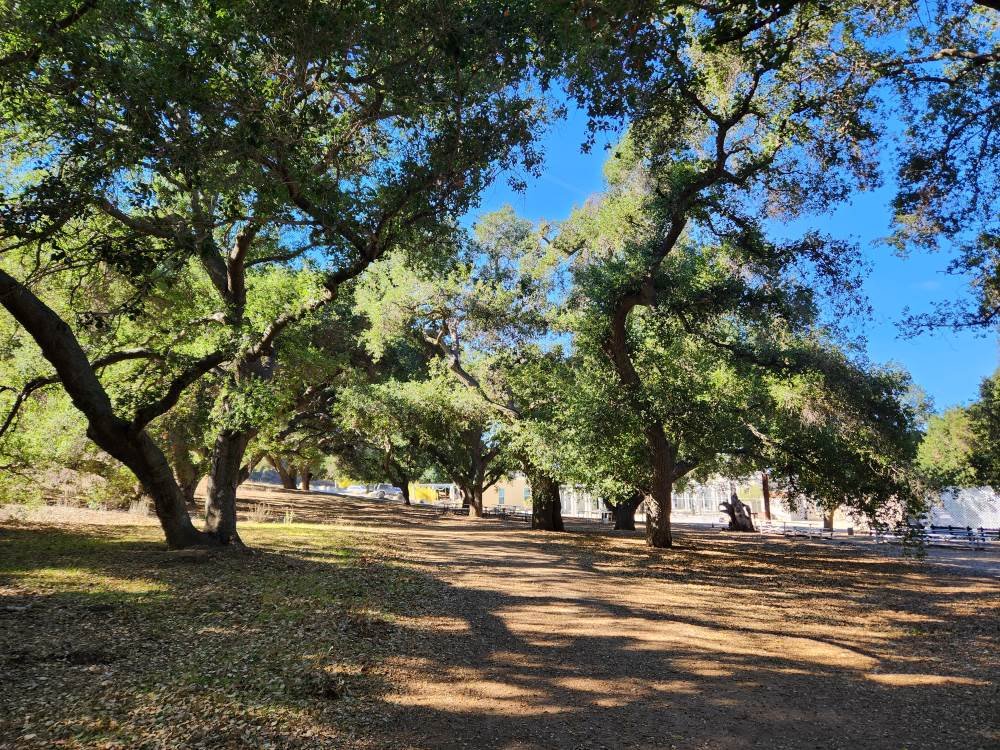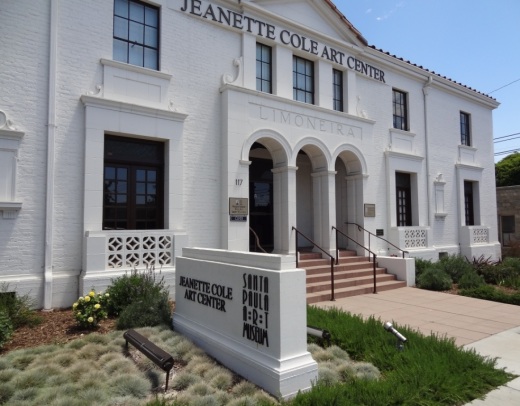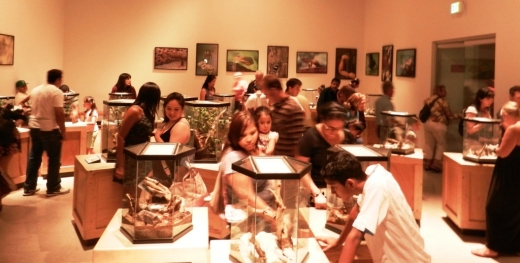Camarillo Bird Museum (Western Foundation of Vertebrate Zoology)
/The Western Foundation of Vertebrate Zoology (WFVZ) is a non-profit based in Camarillo at 439 Calle San Pablo. Informally referred to as the Camarillo Bird Museum, the 22,000 square foot facility one of the largest collections of eggs and nests in the world.. The collections include approximately 250,000 sets of bird eggs (equal to over 1 million individual eggs), representing at least 4,000 bird species from around the world. There are also over 18,000 nests, the largest collection of its kind in the world. And over 56,000 bird study skin specimens from over 100 countries.
The Foundation's fundamental mission is to obtain, protect, and manage ornithological collections in a manner that ensures their accessibility to researchers, educators, students, and the public, and to ensure that the materials are used in projects that contribute to the conservation of the world's wild bird species.
The museum offers guided and unguided tours on Wednesdays and Fridays from 10am to 2pm. Guided tours are $10. Self-guided tours are $7.
Visit www.wfvz.org for more information or call 805.388.9944.

